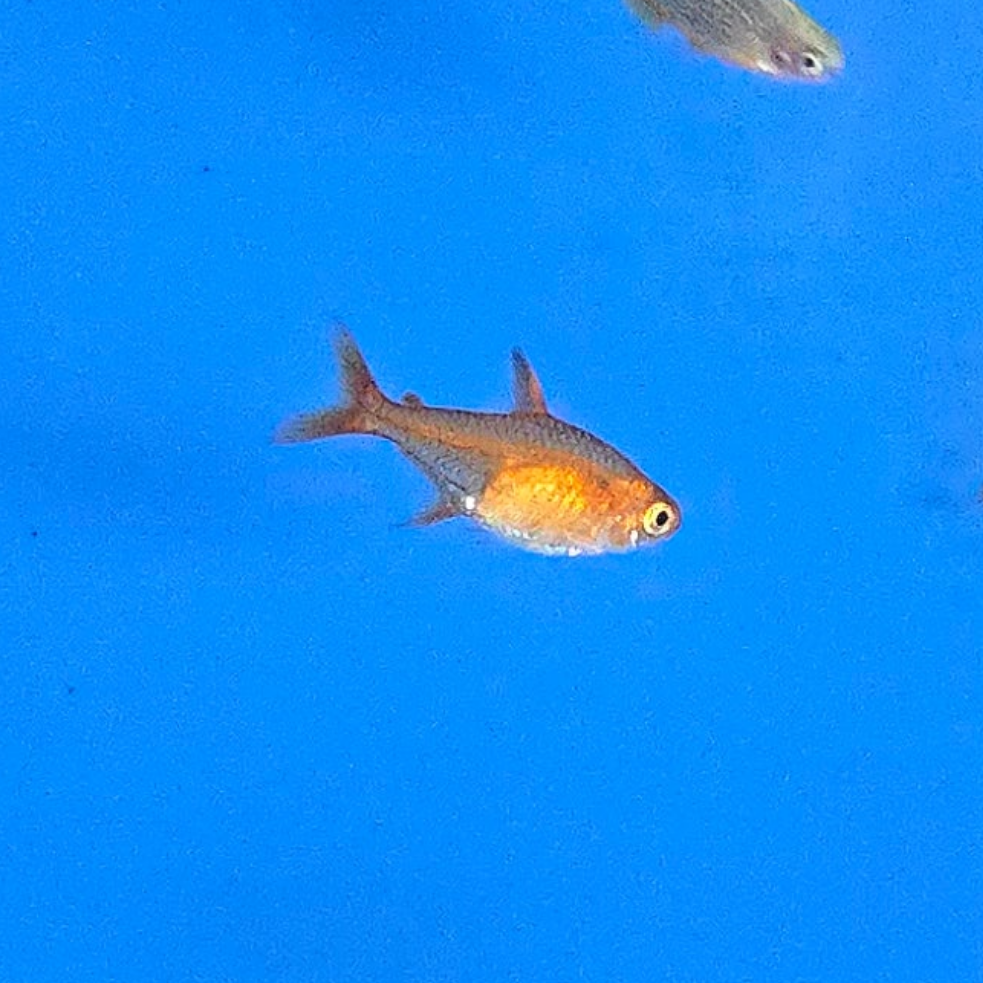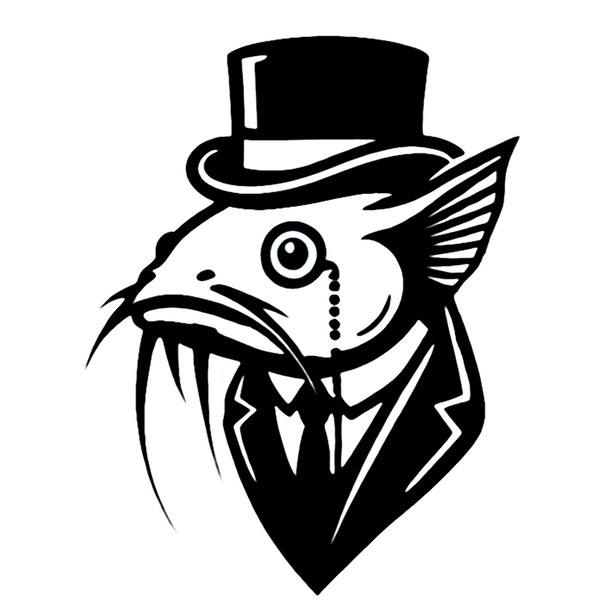Fancy Fish and Aquascapes
Ember Tetra ~ Hyphessobrycon amandae
Ember Tetra ~ Hyphessobrycon amandae
Couldn't load pickup availability
The Ember Tetra is a small, vibrant freshwater fish known for its striking orange-red coloration and peaceful nature. Native to the slow-moving rivers and floodplains of the Araguaia River Basin in Brazil, this active schooling species adds a splash of color and movement to planted aquariums. Its small size and calm temperament make it an ideal choice for nano and community tanks.
Size: 0.8-1 inch
Lifespan: 2-3 years
Temperament: Peaceful, social
Group/Solitary: Best kept in groups of 6 or more
Food: Omnivorous; micro pellets, crushed flakes, live/frozen foods (baby brine shrimp, daphnia, micro worms)
Water Requirements: 72-82°F, pH 5.5-7.0, soft to moderately hard water
Care Instructions
Ember Tetras thrive in well-maintained, densely planted aquariums with soft, dark substrate and gentle water flow. A tank of at least 10 gallons is suitable for a small school, though larger groups will create a more natural and visually appealing display. Floating plants and leaf litter help mimic their natural blackwater habitat and provide shaded areas to reduce stress.
Being a schooling species, Ember Tetras feel most secure and display their best colors when kept in groups of at least six. Their vibrant orange hue becomes more intense in well-planted tanks with stable water conditions.
They have small mouths and do best with finely crushed flakes, micro pellets, and small live or frozen foods like baby brine shrimp and daphnia. Feeding small amounts twice a day supports their active behavior and ensures they get adequate nutrition.
Ember Tetras are peaceful and make excellent tankmates for other small, non-aggressive species like rasboras, corydoras, and small shrimp. Avoid housing them with large or aggressive fish that may intimidate them or see them as prey.
Fun Fact: Ember Tetras are known for their shoaling behavior and often swim together in tight, coordinated groups, creating a beautiful shimmering effect in the tank.
Share


